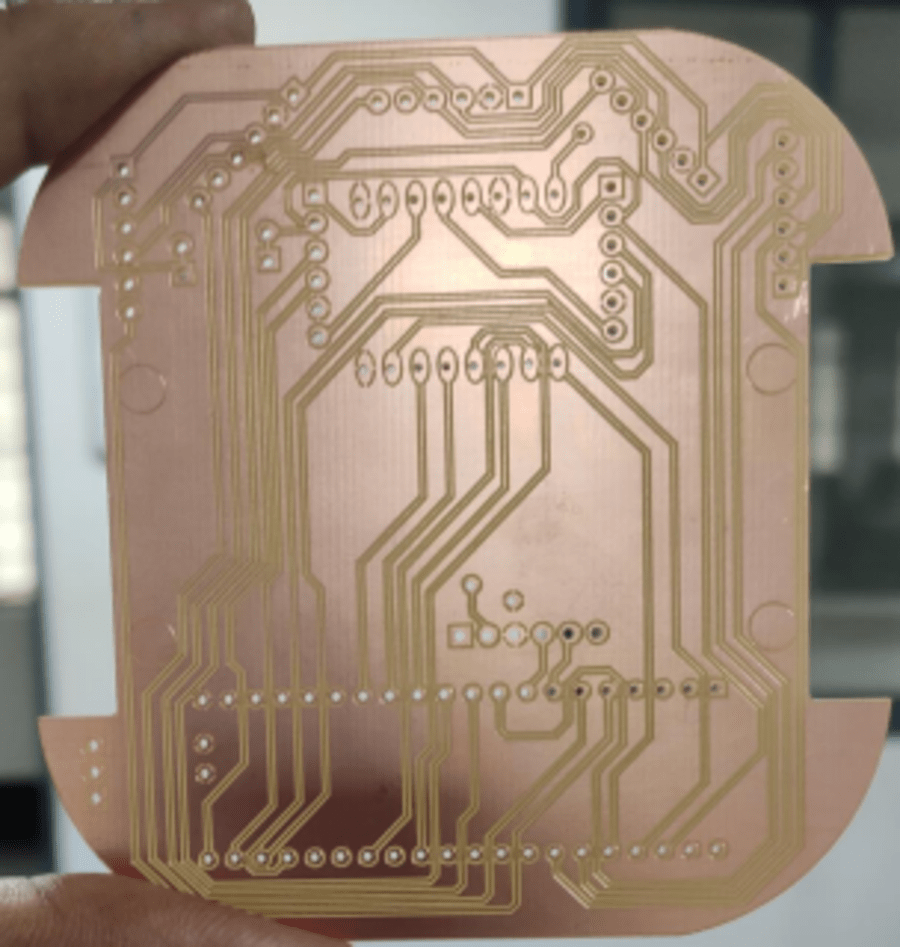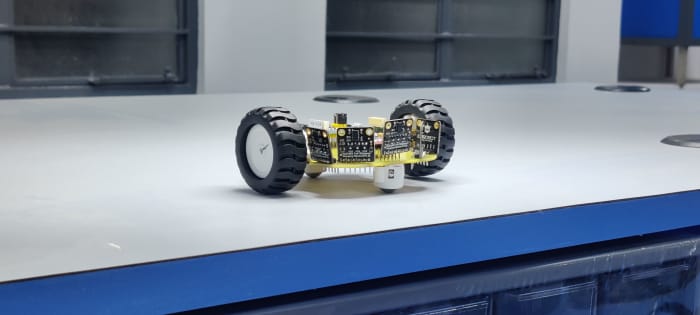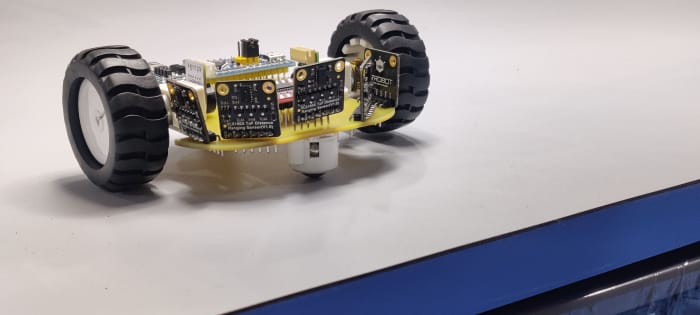AIM: Micromouse is a wheeled robot that solves the unknown maze. The mouse must keep track of its location, find walls as it explores, map out the maze, and recognize when it has arrived at the desired destination. Micromouse can automatically memorize maze data, choose the shortest way, and then accelerate to the predetermined destination. The goal of a maze-solving micromouse is to autonomously explore the maze, gather information about its structure, determine the shortest path to the destination, and navigate the maze efficiently. It combines elements of robotics, sensor integration, algorithm development, and programming.
OUR PRODUCT: The main scope of this project is to build an STM32 microcontroller-based autonomous maze solver micro mouse. An STM32-based micromouse maze solver combines the power of the STM32 microcontroller, sensors, and a maze-solving algorithm to autonomously navigate through a maze. It is a fascinating project that integrates electronics, robotics, and programming, offering a practical learning experience in embedded systems and autonomous navigation. Micromouse is made of STM32F103C8T6, TB6612FNG Motor Driver, N20 Motors, VL61806TOF Distance Ranging Sensor. We had interfaced STM32 with five TOF Sensors, TB6612FNG Motor driver and two motors. The main principle of the micro mouse is to solve the maze and find its destination as soon as possible. PID and Flood Fill algorithm is used in this mouse. Single Layer-Printed Circuit Board (PCB) micromouse is designed. It is fabricated and assembled at an in-house facility. The dimension of micromouse is about 80 mm x 80 mm.
COMPONENTS USED:
- STM32F103C8T6 Microcontroller
- TB6612FNG Motor Driver
- N20 Motors
- VL61806TOF Distance Ranging Sensor
- Lipo Battery
APPLICATIONS: While the direct applications of a micromouse in the electronics industry might be limited, the skills and knowledge gained through building and working with such projects can be valuable for aspiring engineers and researchers in the field of robotics, automation, and embedded systems. Maze-solving micromouse projects can be extended to include advanced features like mapping the maze, implementing wireless communication for remote control, or using machine learning algorithms for autonomous decision-making.
CONCLUSION: It's an excellent project for learning and applying concepts in the field of robotics and automation.
Video
Voting
-
ABOUT THE ENTRANT
- Name:Indhuja Thangavel
- Type of entry:teamTeam members:
- Software used for this entry:DIP TRACE , ARDUINO IDE
- Patent status:none









